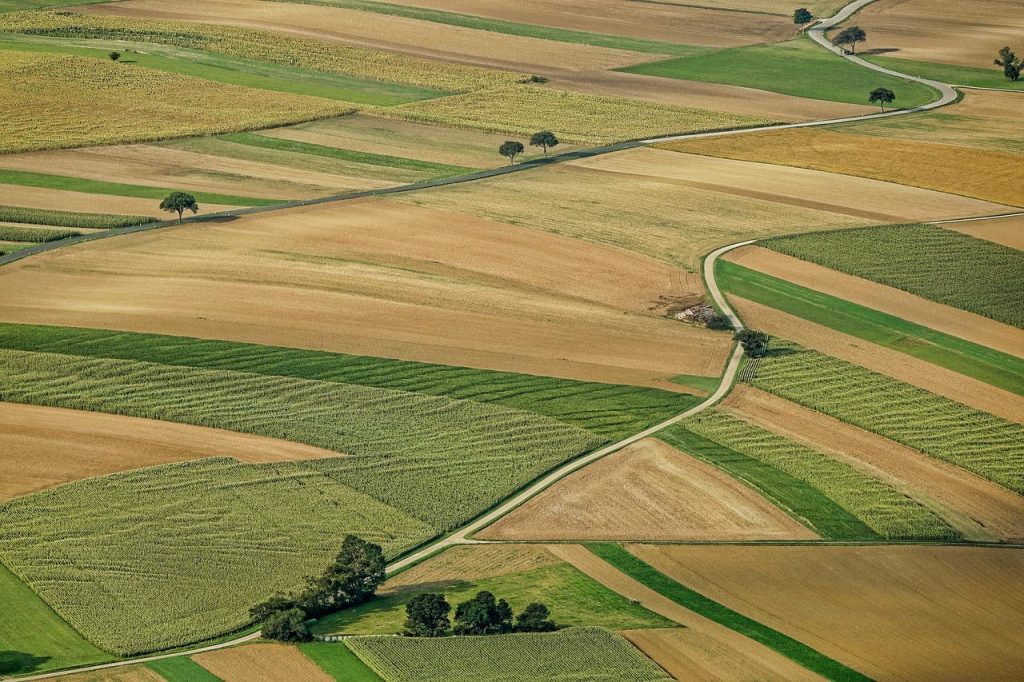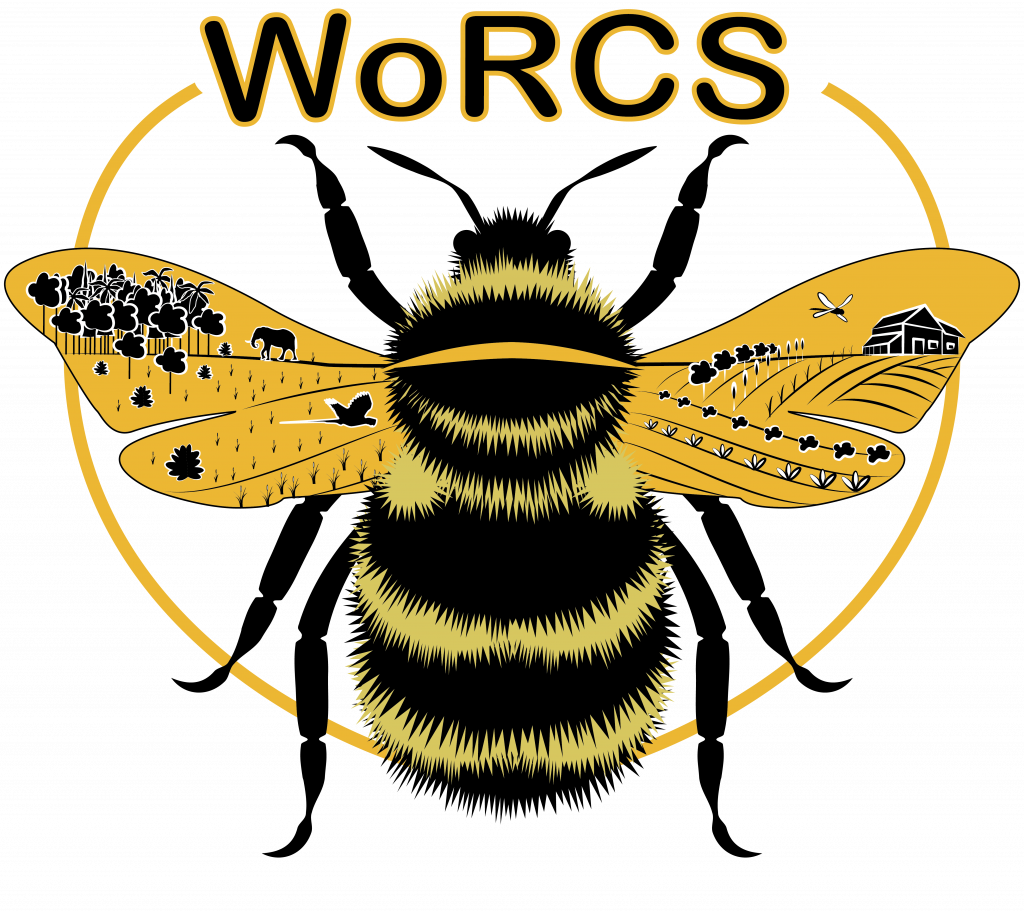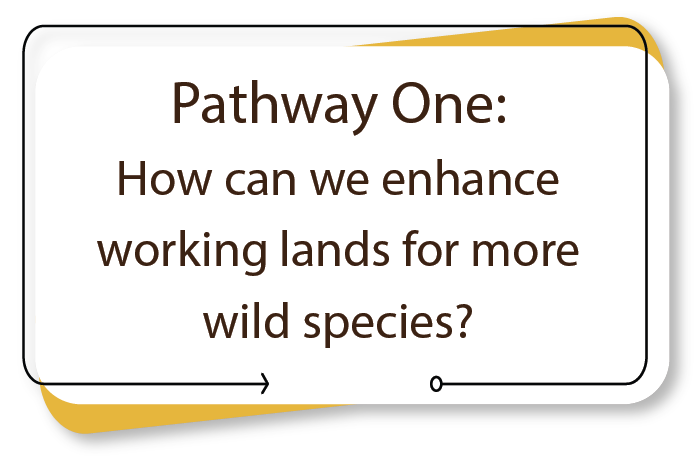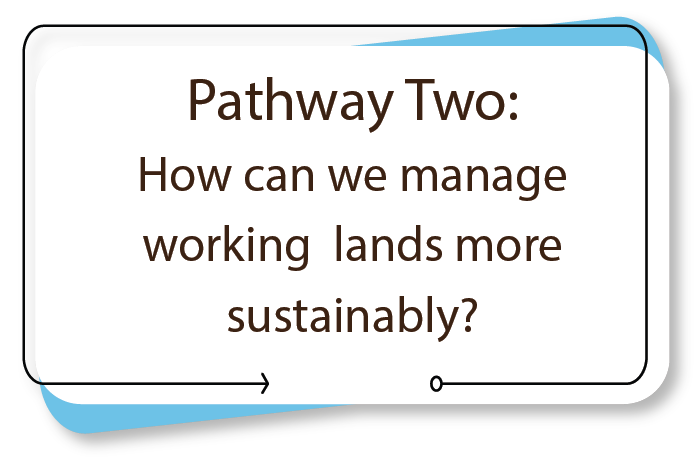Main Questions and Background
The WoRCS Lab Conceptual Framework
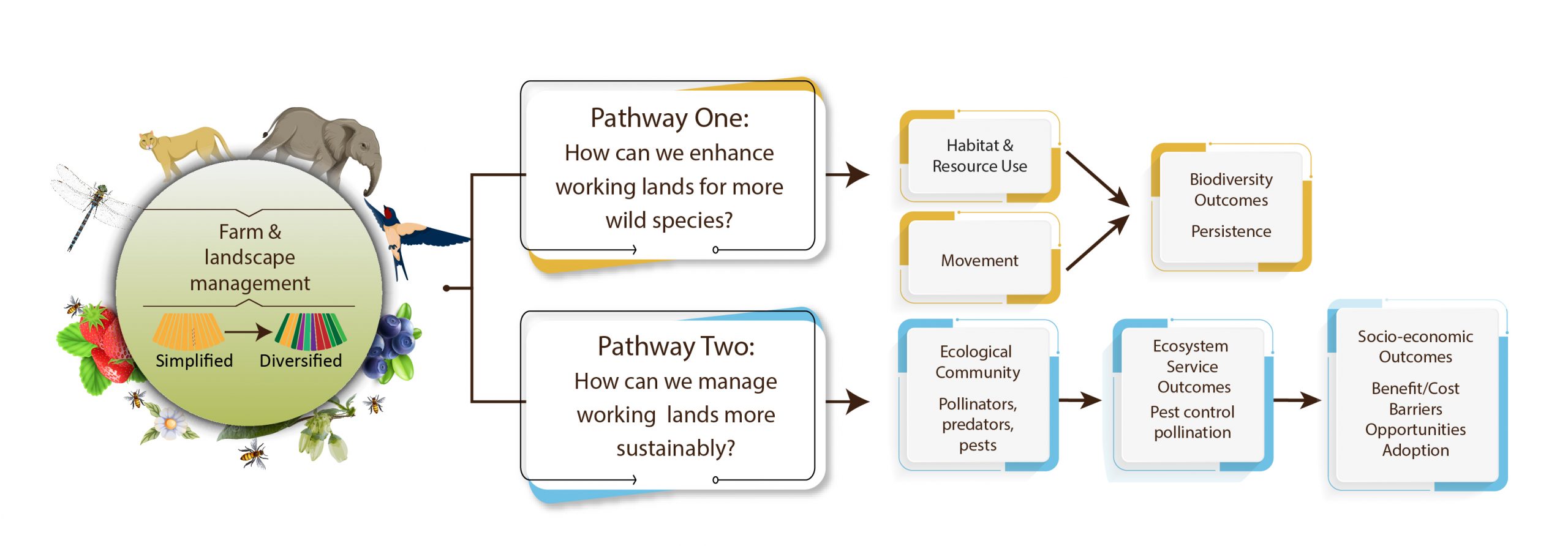
While evidence is growing to support the important role of agricultural diversification for biodiversity and sustainability [Learn More], few studies examine specifically how diversification can promote population connectivity, resource use, and persistence for wildlife species (Pathway 1), or trace the effects of diversification through ecological pathways all the way to socio-economic outcomes and consider how to surmount the numerous barriers to their adoption (Pathway 2). Check out our Pathway 1 and Pathway 2 studies to learn more about WoRCS Labs’ two central goals!
Explore each pathway!
Diversifying Agricultural Landscapes
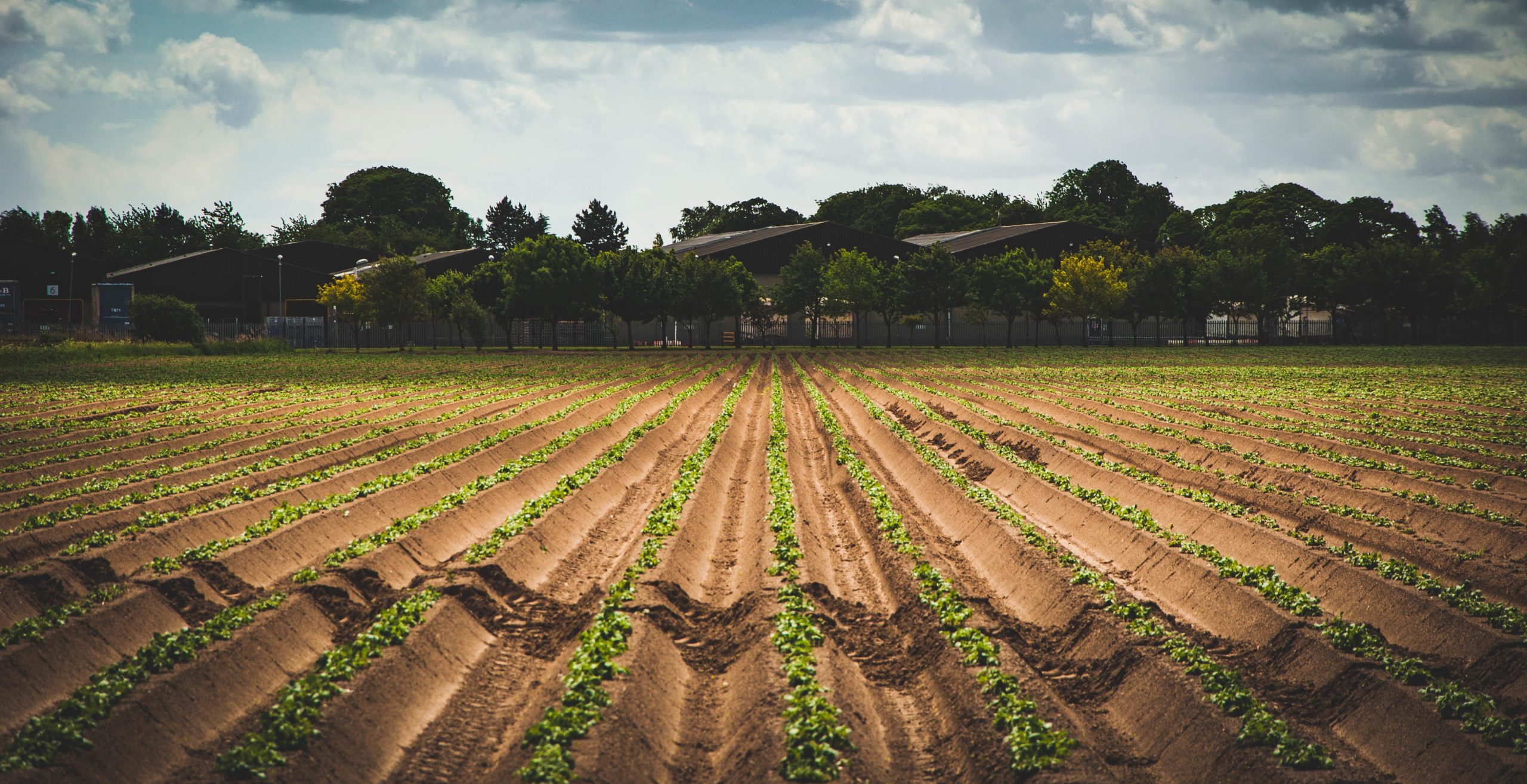
In many parts of the world, agriculture is getting larger in scale, more specialized on one or two crops, and using chemical pesticide and fertilizer inputs more intensively. These factors simplify the landscape and reduce its capacity to support biodiversity, including species that support critical ecosystem services on which farming depends, such as soil fertility, crop pollination and crop pest control. Thus, landscape simplification and associated chemical intensification reduces both biodiversity and agricultural sustainability.
In contrast, re-diversifying agricultural landscapes through diverse plantings within fields (intercropping, polyculture, crop rotations and agroforestry) or around fields (hedgerows, live fences and flower borders) and across landscapes (by enhancing crop compositional and configurational heterogeneity and integrating semi-natural habitat patches) supports more biodiversity and provides more services important for agricultural production (link to these two papers: Tamburini et al 2021 Kremen and Merenlender, 2018*.). Managed in this way, these agricultural landscapes could be come important connectors and buffers for natural and semi-natural areas that provide homes for the majority of wildlife species, and is a critical complement to protecting natural areas.
